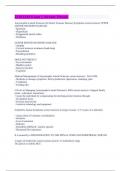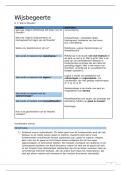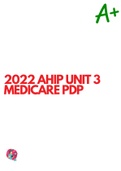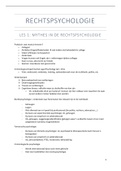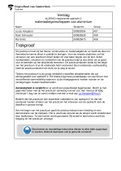Tentamen (uitwerkingen)
2210 EOS Exam || Already Passed.
- Vak
- Instelling
Amyotrophic Lateral Sclerosis (Or Motor Neurone Disease) Symptoms correct answers UPPER MOTOR NEURONE DAMAGE: - Spasticity - Hyperflexia - Exaggerated stretch reflex - Weakness LOWER MOTOR NEURONE DAMAGE: - Atrophy - Cervical extensor weakness (head drop) - Fasciculation - Breat...
[Meer zien]
